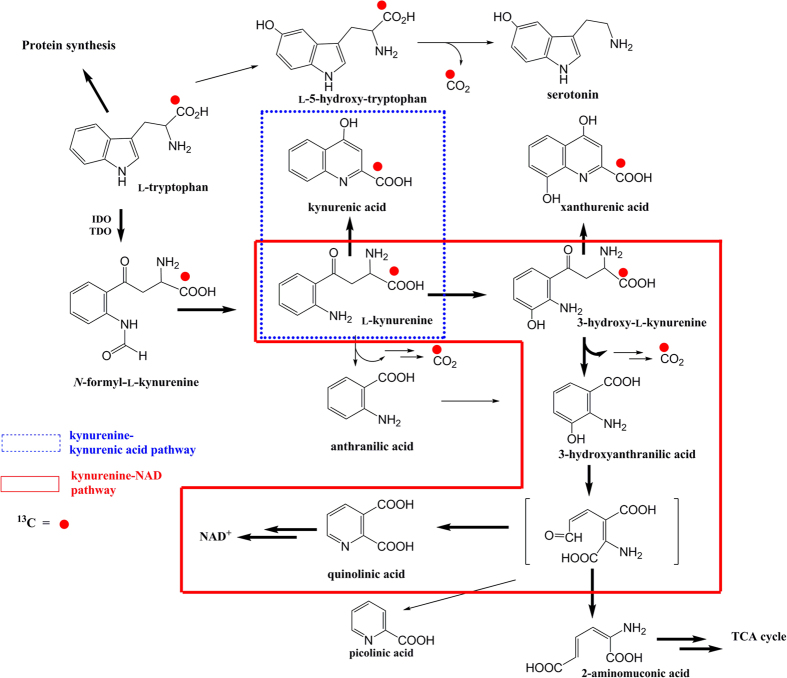Figure 1. Schematic view of 13C-tryptophan metabolism.
After utilization for protein synthesis, over 90% of dietary tryptophan is converted to KYN by one of two rate-limiting enzymes: by TDO in the liver under healthy conditions and by IDO in various human tissues (e.g., intestines, lungs, placenta, kidneys, spleen, blood, and brain) under inflammatory conditions. The 13CO2 derived from 13C-tryptophan is produced by the conversion of 3-OH-KYN into 3HAA via the KYN–NAD pathway (box with solid line) as the post-KYN metabolism. In addition, although 13CO2 is produced to a minor degree in the tryptophan–serotonin and anthranilic acid pathways, it is not produced by the KA (box with dotted line) or xanthurenic acid pathways. Bold arrows indicate quantitatively major pathways. Minor pathways and pathways without release of 13CO2 are omitted. Red circles indicate the 13C-labeled carbon. Abbreviations: IDO, indoleamine 2,3-dioxygenase; KA, kynurenic acid; KYN, kynurenine; NAD, nicotinamide adenine dinucleotide; TDO, tryptophan 2,3-dioxygenase; 3HAA, 3-hydroxyanthranilic acid; 3-OH-KYN, 3-hydroxy-l-kynurenine.

